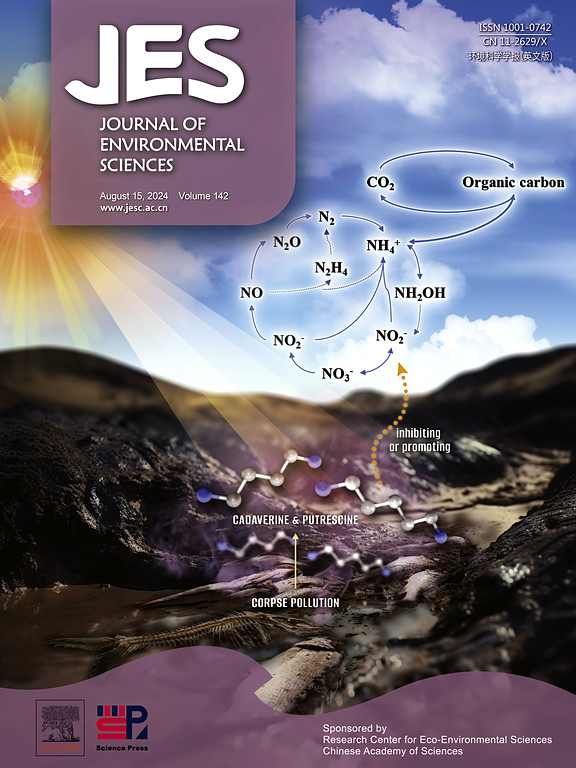This study analyzes the impact of circulation types (CTs) on ozone (O3) pollution in Beijing. The easterly high-pressure (SWW) circulation occurred most frequently (30%; 276 day), followed by northwesterly high-pressure (AN) circulation (24.3%; 224 day). The SWW type had the highest O3 anomaly of +17.28 µg/m3, which was caused by excellent photochemical reactions, poor diffusion ability and regional transport. Due to the higher humidity and precipitation in the low-pressure type (C), the O3 increase (+8.02 µg/m3) was less than that in the SWW type. Good diffusion/wet deposition and weak formation ability contributed to O3 decrease in AN (-12.54 µg/m3) and northerly high-pressure (ESN) CTs (-12.26 µg/m3). The intra-area transport of O3 was significant in polluted circulations (SWW- and C-CTs). In addition, higher temperature, radiation and less rainfall also contributed to higher O3 in northern Beijing under the SWW type. For the clean CTs (AN and ESN CTs), precursor amount and intra-area transport played a dominant role in O3 distribution. Under the northeasterly low-pressure CT, better formation conditions and higher precursor amount combined with the intra-area southerly transport to cause higher O3 values in the south than in the north. The higher O3 in the northwestern area under the northeasterly high-pressure type was influenced by weaker titration loss and high O3 concentration in previous day. Annual variation in the CTs contributed up to 86.1% of the annual variation in O3. About 78%-83% of the diurnal variation in O3 resulted from local meteorological factors.


